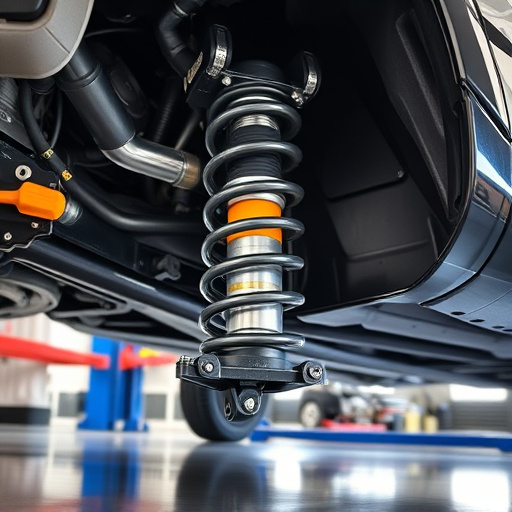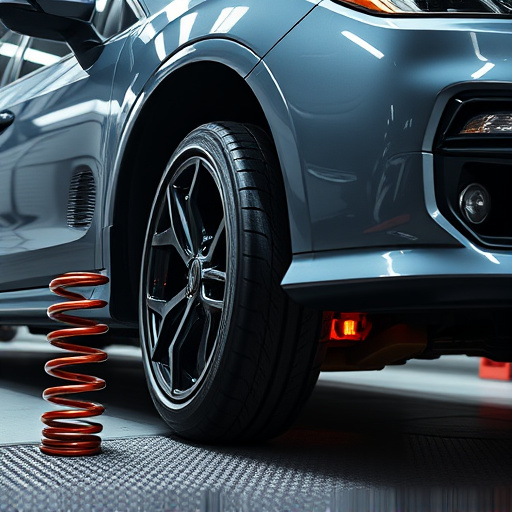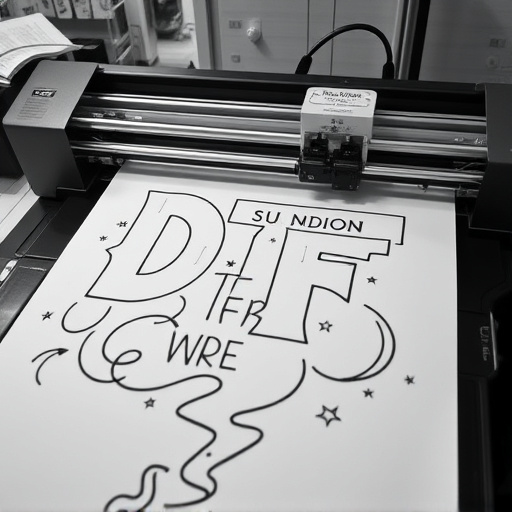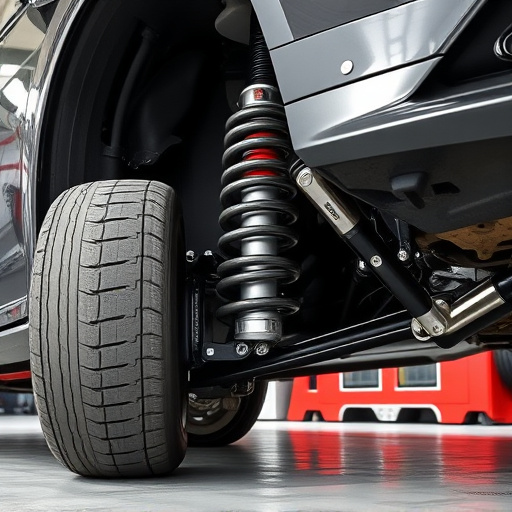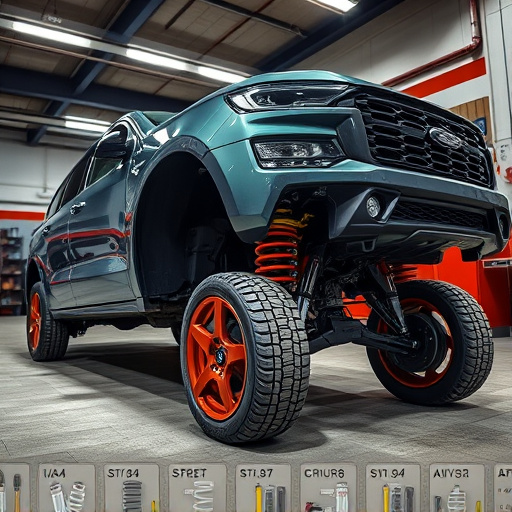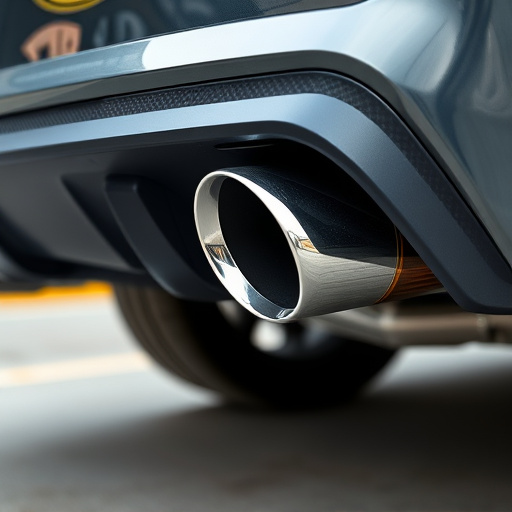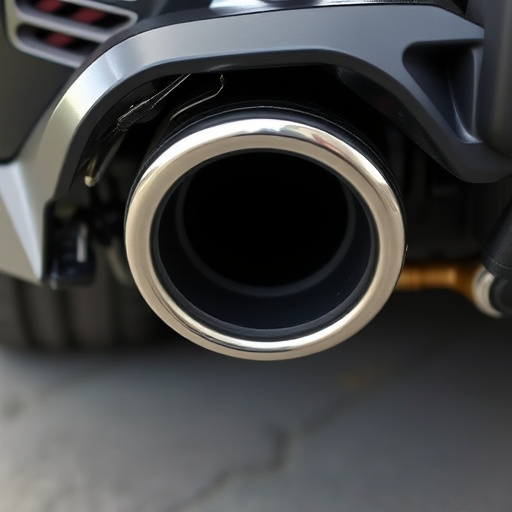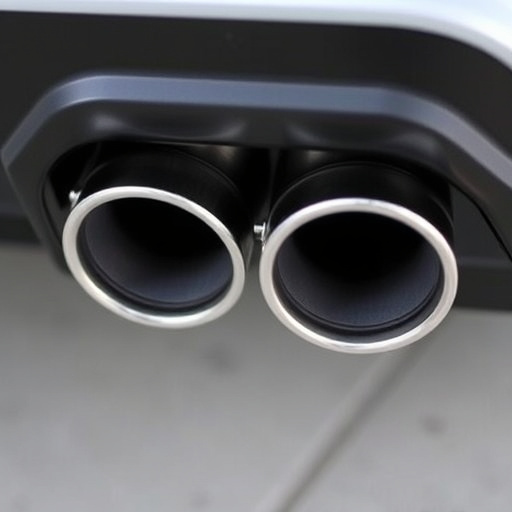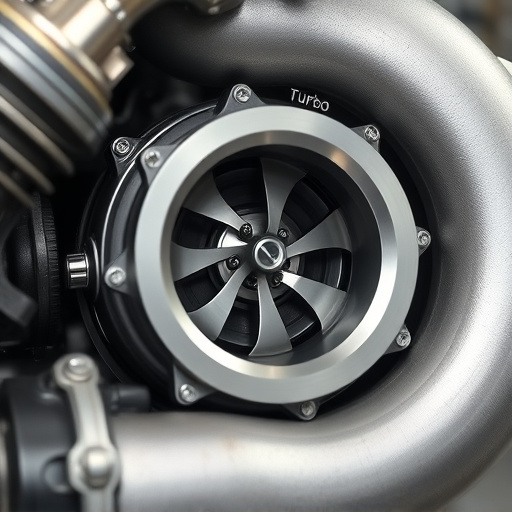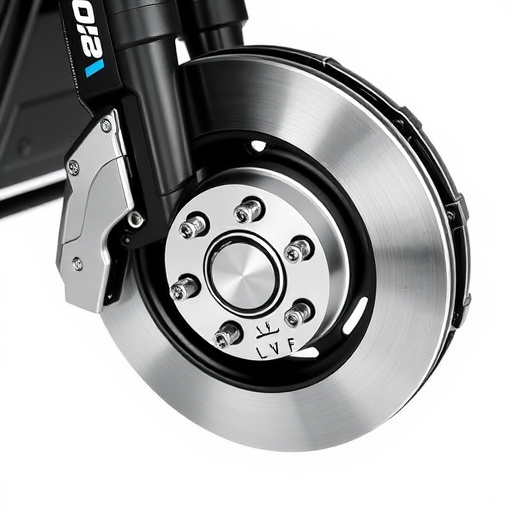When planning an exhaust manifold upgrade, accurately identify components to avoid performance issues and engine damage. Differentiate between exhaust manifold, headers, and mid-pipes. Integrate upgrades harmoniously for optimal power gains and engine health. Avoid using incompatible parts; always check specifications. Prioritize safety measures, as exhaust upgrades don't directly improve brakes. Wear proper gear and understand the role of exhaust mufflers in noise control.
Upgrading your exhaust manifold seems like a straightforward task, but common mistakes can lead to costly repairs and potential safety hazards. This guide highlights three critical blunders to avoid during the process. Learn how incorrectly identifying manifold components, using incompatible parts, and neglecting safety measures can hinder your progress. By steering clear of these pitfalls, you’ll ensure a seamless upgrade, enhancing your vehicle’s performance and extending its lifespan. Discover expert tips for a successful exhaust manifold upgrade.
- Incorrectly Identifying Manifold Components
- Using Incompatible Replacement Parts
- Neglecting Safety Measures During Installation
Incorrectly Identifying Manifold Components
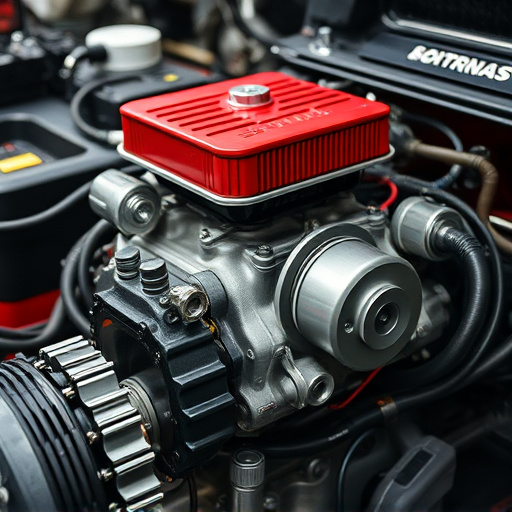
When planning an exhaust manifold upgrade, one of the most common mistakes is incorrectly identifying the manifold components. It’s crucial to have a thorough understanding of your vehicle’s architecture before attempting any modifications. Many people mix up parts, especially when it comes to differentiating between the exhaust manifold, headers, and mid-pipes. Each plays a distinct role in the exhaust system: the exhaust manifold collects exhaust gases from the cylinders, headers channel this flow, and the mid-pipe connects them to the rear exhaust system. Confusing these intake components can lead to poor performance and potential engine damage.
Additionally, focusing solely on high-flow headers or aggressive exhaust systems without considering their interaction with your vehicle’s air intake systems and performance air filters can result in unbalanced engine performance. Intake components like air filters play a critical role in ensuring the right amount of air enters the engine for optimal combustion. Upgrading exhaust manifolds should be part of a holistic approach, considering both the exhaust and intake sides of your car’s breathing system to achieve the best results in terms of power gains and overall engine health during your exhaust manifold upgrade process.
Using Incompatible Replacement Parts
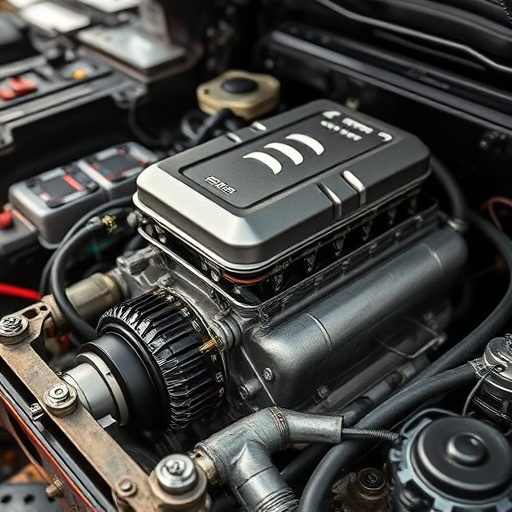
When upgrading your exhaust manifold, one common pitfall to avoid is using replacement parts that are incompatible with your vehicle’s specifications. It’s crucial to ensure that the new components are designed specifically for your make and model to guarantee a seamless fit and optimal performance. Many aftermarket parts may look similar at first glance, but they can differ significantly in dimensions, thread sizes, or material composition.
Using incompatible exhaust mufflers or incorrect brake pads (in the case of a misaligned upgrade) could lead to poor engine efficiency, potential safety hazards, and even damage to your vehicle. Always cross-reference the part numbers with your vehicle’s manual or consult a professional mechanic to ensure compatibility. Additionally, focusing on performance brakes during this process can be beneficial, as upgraded exhaust systems often require corresponding adjustments to maintain balanced braking capabilities for enhanced control and safety while driving.
Neglecting Safety Measures During Installation
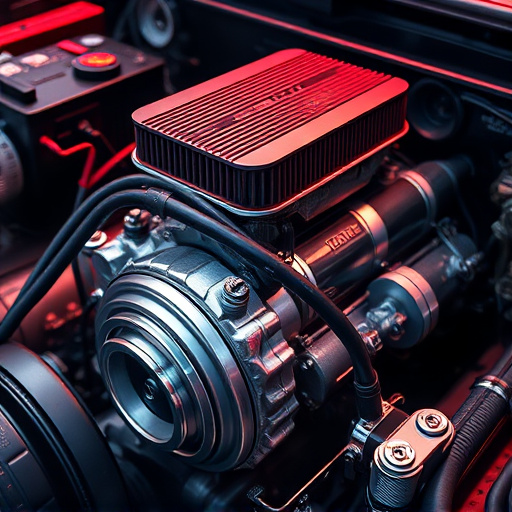
When upgrading an exhaust manifold, safety should never be an afterthought. Many DIY enthusiasts get caught up in the excitement of enhancing their vehicle’s performance and overlook essential safety protocols. This can lead to severe accidents and damage not only to your car but also to yourself. Always ensure you have the right tools, protective gear, and a clear understanding of the process before beginning any exhaust manifold upgrade. Wear gloves, goggles, and a face mask to protect against debris and harmful gases.
One common mistake is assuming that an exhaust manifold upgrade will automatically improve brake rotors’ condition or enhance performance brakes. While an upgraded exhaust system can contribute to better overall vehicle performance, it doesn’t directly impact brake functionality. Similarly, don’t forget about the role of exhaust mufflers; while you might be focusing on enhancing sound and power, proper exhaust muffling is crucial for controlling noise levels and ensuring a safe driving experience.
Upgrading your exhaust manifold is a crucial task for any car enthusiast, but it’s not without potential pitfalls. By avoiding common mistakes such as incorrectly identifying manifold components, using incompatible replacement parts, and neglecting safety measures during installation, you can ensure a seamless and effective exhaust manifold upgrade. Remember, proper knowledge and precautions are key to achieving optimal performance and safety.
